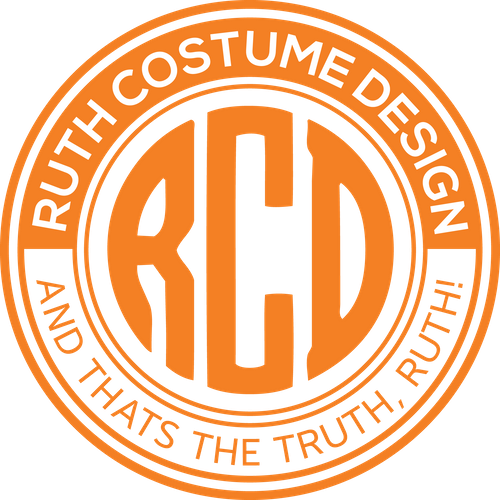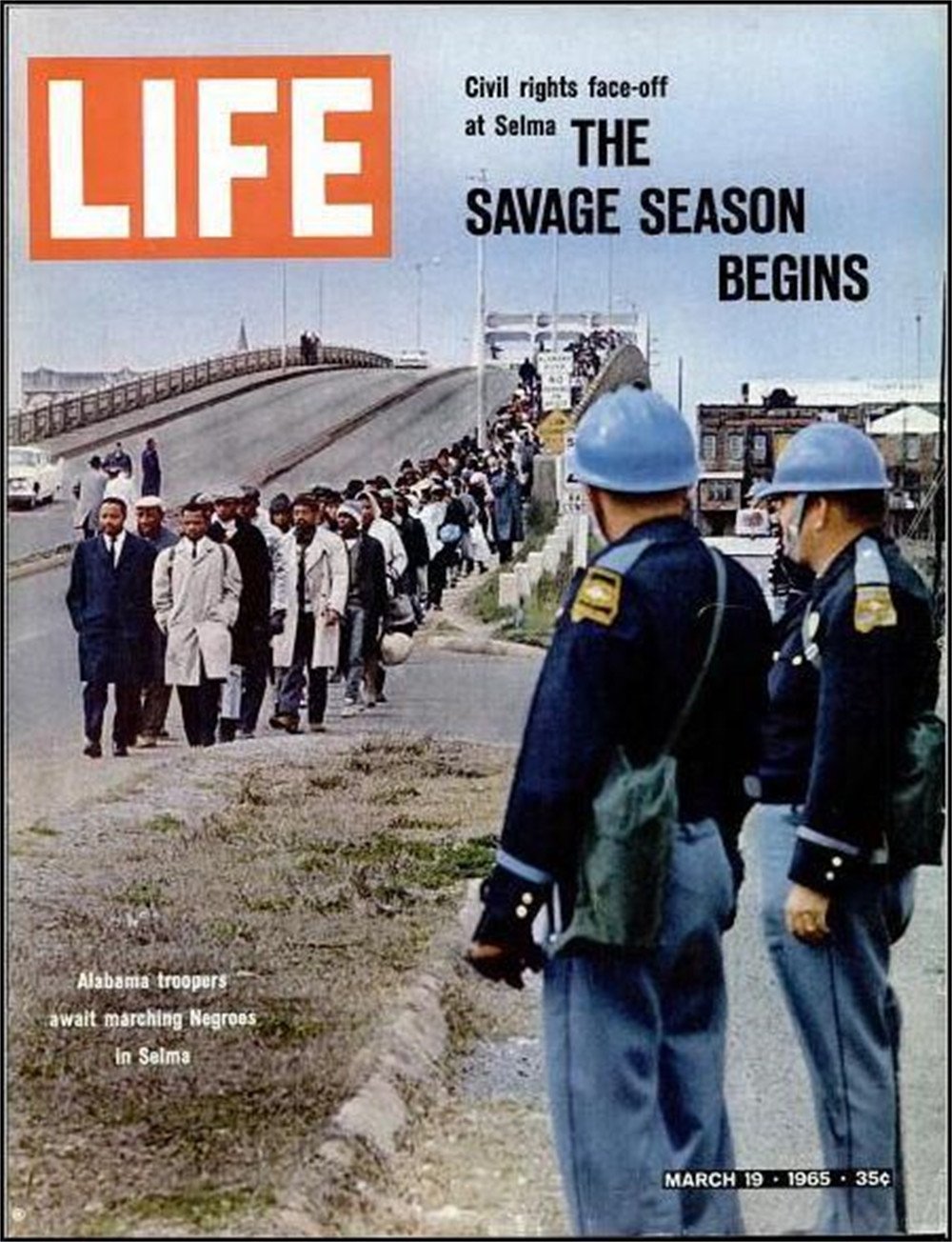Selma
Ana DuVernay's Selma (2014) chronicles the tumultuous three-month period in 1965 when Dr. Martin Luther King Jr. led a campaign to secure equal voting rights in the face of violent opposition. The historic marches from Selma to Montgomery culminated in President Lyndon B. Johnson signing the Voting Rights Act of 1965, which outlawed the discriminatory voting practices adopted in many Southern states after the Civil War. The film was nominated for Best Picture and won Best Original Song at the 87th Academy Awards. It also received four Golden Globe Award nominations, including Best Motion Picture – Drama, Best Director, and Best Actor, and won for Best Original Song. Selma was written by Paul Webb and stars David Oyelowo as Dr. King and Tom Wilkinson as President Johnson.
Film details
Selma, 2014
Dr. Martin Luther King Jr. and Corretta Scott King at ceremony receiving Nobel Peace Prize. Characters played by David Oyelowo and Carmen Ejogo.
Materials
Dr. King: Wool, cotton, silk tie
Coretta Scott King: Silk, beads, pearl necklace
Credit
Courtesy of Ruth E. Carter Costume Archive
Notes
In the introduction area of the exhibition, Carter has loaned a wealth of sketches and ephemera to illustrate her in-depth historical research and design process for each project. In this collage she combines her costume sketch for Martin Luther King Jr. with creatively placed vintage photographs of the Civil Right leader.
Supporting Imagery
Supporting Imagery Notes
Artwork by Ruth E. Carter
Film details
Selma, 2014
Characters Addie Mae Collins, Carol Denise McNair, Carole Rosanond Robertson, Cynthia Dionne Wesley, and Sarah Collins Rudolph. Played by Mikeria Howard, Trinity Simone, Ebony Billups, Nadej K. Bailey, and Jordan Rice.
Materials
Silk , cotton, organza, silk velvet
Credit
Courtesy of Ruth E. Carter Costume Archive
Notes
The explosion in the opening scene is the infamous 16th Street Baptist Church bombing, which occurred in Birmingham, Alabama on September 15, 1963. The four girls killed in the bombing were Addie Mae Collins, Carole Robertson, and Cynthia Wesley, all 14 and Denise McNair, 11; a fifth girl, Sarah Collins Rudolph,12, survived. In his eulogy, Dr. King called the attack "one of the most vicious and tragic crimes ever perpetrated against humanity," and their murders had the unintended effect of strengthening national support for the Civil Rights Act of 1964. Carter expresses the girls’ innocence through her choice of taffeta and cotton dresses with abundant bows, ruffles, flowers and other delicate embellishments.
Supporting Imagery
Supporting Imagery Notes
The four girls killed in the bombing (clockwise from top left): Addie Mae Collins, Cynthia Wesley, Carole Robertson, and Carol Denise McNair
Film details
Selma, 2014
Character Annie Lee Cooper played by Oprah Winfrey.
Materials
cotton, straw with netting accessory
Credit
Courtesy of Ruth E. Carter Costume Archive
Notes
Annie Lee Cooper was a civil rights activist who participated in the Selma Voting Rights Movement in 1965. While Cooper stood in line for hours to try to register to vote, the sheriff ordered her to vacate the premises and prodded her in the neck with his club. She fought back by striking him in the jaw and knocking him down. Cooper was then wrestled to the ground, beaten repeatedly with a club, and eventually charged with 'criminal provocation'. Cooper was played by Oprah Winfrey, who stated that she took the role "because of the magnificence of Annie Lee Cooper and what her courage meant to an
entire movement.” Winfrey was also a co-producer of the film.
Supporting Imagery
Supporting Imagery Notes
Photo of Annie Lee Cooper
Film details
Selma, 2014
Dr. Martin Luther King Jr. and Corretta Scott King, marching for civil rights. Characters played by David Oyelowo and Carmen Ejogo.
Materials
Dr. King: Wool, cotton Coretta Scott King: Wool, silk
Credit
Courtesy of Ruth E. Carter Costume Archive
Supporting Imagery
Supporting Imagery Notes
Dr. Martin Luther King Jr. and Coretta Scott King on the cover of Ebony Magazine, May 1965
Film details
Selma, 2014
Character John Lewis played by Stephan James.
Materials
cotton, cotton canvas, silk, wool
Credit
Courtesy of Ruth E. Carter Costume Archive
Notes
At the height of the modern civil rights movement, Rep. John Lewis, at the time the Chairman of the Student Nonviolent Coordinating Committee (SNCC) and Hosea Williams of the Southern Christian Leadership Conference (SCLC) organized a march for voting rights, from Selma, Alabama to Montgomery, the state capital. As they were leaving Selma, the marchers were met with violence at the end of the Edmund Pettus Bridge by some 150 Alabama state troopers and sheriff ’s deputies. Lewis was battered by a billy club and suffered a skull fracture. Carter referenced historical photographs to create these costumes on view, including this Life Magazine cover from March 19, 1965, which shows Rep. Lewis at the front of the line dressed in suit and tie with trench coat.
Supporting Imagery
Supporting Imagery Notes
John Lewis and fellow protestors on the cover of Life Magazine, March 19, 1965











